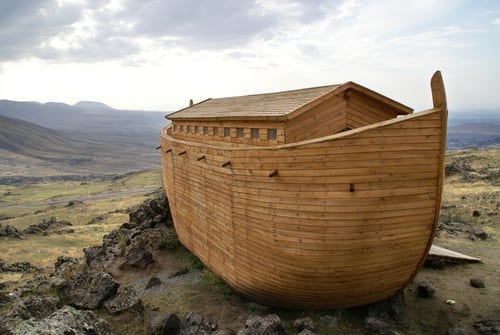A version of the following account appears in many books dealing with human anatomy and medicine:
“Until the discovery of anesthetic techniques that numb the body or a particular limb, surgeries were accompanied by tremendous suffering. Thanks to the use of anesthesia today, the patient under operation feels no pain during the medical procedure. Anesthesia is applied either through the inhalation of anesthetizing gases (such as chloroform, ether, and other substances) or by the injection of anesthetizing liquids (such as procaine, novocain, and the like).
“The first person who performed medical anesthesia for the purposes of surgery was the American physician Crawford W. Long (1815-1878). In 1842 Long made use of anesthesia without publicizing the results, and his discovery remained hidden from the medical establishment. In 1846, the American dentist Dr. William Morton (1819-1868) made his own great discovery of the possibility of using anesthesia for medical purposes.”
But is this true? Was the first medical anesthesia performed on a patient by Long and Morton about one hundred and fifty years ago? Let us see how the Talmud describes an operation performed on Rabbi Elazar, the son of Rabbi Shimon bar Yochai (Talmud Baba Metziah 73b):
“He was given a sleeping draught and taken into a marble chamber… They opened his abdomen and removed a bucket of fat.”
Here we have Talmudic passage that documents the use of general anesthesia during an operation. Let us remember that Rabbi Elazar lived some 2000 years ago!





